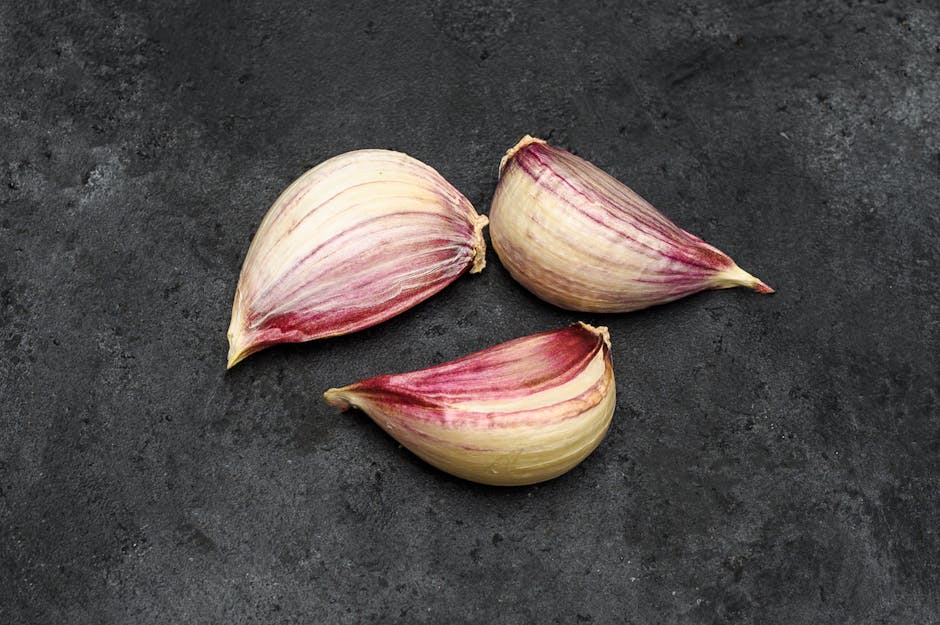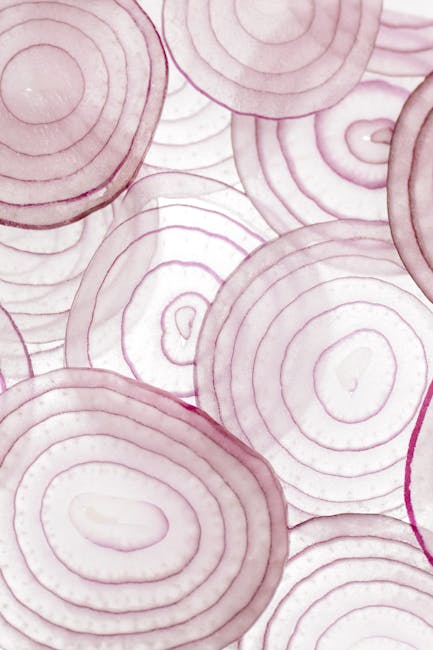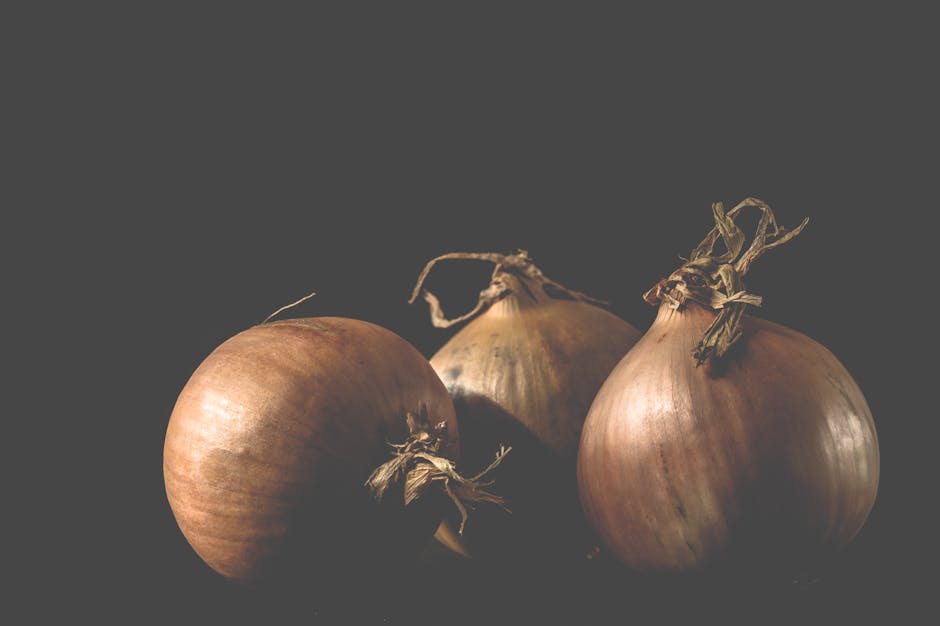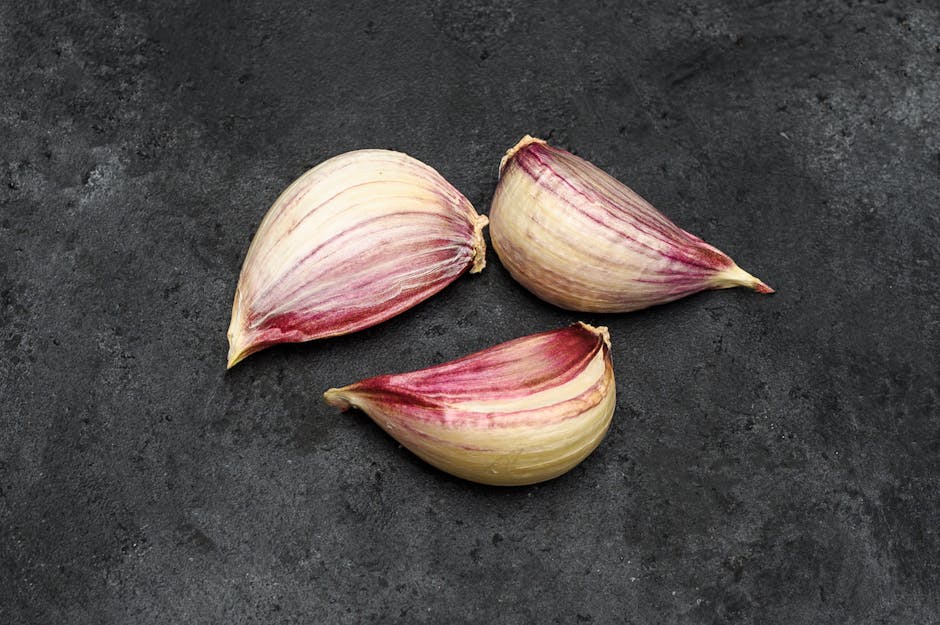Choosing the Right Bulb for Your Kitchen: A Comprehensive Guide
The kitchen is the heart of the home, a space where culinary creations come to life and family gathers. But a poorly lit kitchen can hinder functionality and even impact mood. Selecting the right bulbs is crucial for creating a welcoming and efficient cooking environment. This comprehensive guide will explore the various types of kitchen bulbs available, helping you choose the perfect illumination for your needs.

Types of Kitchen Bulbs
Gone are the days of limited choices. Today’s market offers a dazzling array of bulbs, each designed for specific purposes and aesthetics. Let’s delve into the most popular options:
- Incandescent Bulbs: These traditional bulbs offer warm, inviting light, but they are notoriously energy-inefficient and have a shorter lifespan compared to newer alternatives. They are best suited for accent lighting or creating a cozy ambiance in specific areas of the kitchen.
- Halogen Bulbs: Halogen bulbs offer brighter light and better energy efficiency than incandescents, but they still generate considerable heat. They are a good option for task lighting, particularly above countertops or in areas requiring intense illumination.
- Fluorescent Bulbs (CFLs): Compact Fluorescent Lamps (CFLs) are energy-efficient and have a longer lifespan than incandescent bulbs. However, they can take a moment to reach full brightness, and some individuals find their light less appealing than other options. They’re more affordable than LEDs but less long-lasting.
- LED Bulbs (Light Emitting Diodes): LEDs are currently the most energy-efficient and long-lasting option on the market. They offer a wide range of color temperatures, from warm white to cool white, and can easily be dimmed. Their extended lifespan translates to long-term cost savings and reduced replacement hassle. They’re also available in smart bulb versions for enhanced control.
Understanding Color Temperature and Brightness
Choosing the right bulb also involves considering color temperature and brightness. Color temperature is measured in Kelvin (K):
- Warm White (2700-3000K): This creates a cozy and inviting atmosphere, ideal for dining areas or creating a relaxed mood in the kitchen.
- Neutral White (3500-4100K): This provides a balanced light, suitable for general kitchen lighting and task areas.
- Cool White (5000K and above): This produces a bright, crisp light, often preferred for task lighting or areas requiring high visibility.
Brightness is measured in lumens (lm). The higher the lumen rating, the brighter the bulb. Consider the size of your kitchen and the level of illumination you desire when making your selection.

Kitchen Lighting Layering: Achieving Optimal Illumination
Effective kitchen lighting isn’t just about choosing the right bulb; it’s about creating layers of light to address different needs. Consider these three layers:

- Ambient Lighting: This provides overall illumination to the kitchen. Recessed lighting, ceiling fixtures, or chandeliers are commonly used for this purpose. LEDs are an excellent choice for ambient lighting due to their energy efficiency and long lifespan.
- Task Lighting: This focuses light on specific areas where tasks are performed, such as the countertop, stovetop, or sink. Under-cabinet lighting, pendant lights above the island, or adjustable spotlights are ideal for task lighting. Halogen or LED bulbs are popular choices due to their brightness.
- Accent Lighting: This highlights architectural features or decorative elements within the kitchen. Track lighting, strategically placed spotlights, or even string lights can add a touch of personality and style. Warm white incandescent bulbs are a good choice for creating a warm and inviting accent.
Smart Bulbs: Taking Control of Your Kitchen Lighting
Smart bulbs offer unparalleled control and convenience. Integrated with smart home systems, these bulbs can be controlled remotely via smartphones or voice assistants. You can adjust brightness, color temperature, and even schedule lighting changes to suit your preferences. Imagine setting the perfect mood for a dinner party with a simple voice command or automating your kitchen lights to turn on and off at specific times.
Bulb Lifespan and Energy Efficiency: Long-Term Considerations
When choosing bulbs, consider their lifespan and energy efficiency. LED bulbs, with their exceptionally long lifespan and low energy consumption, provide significant long-term savings compared to traditional incandescent or halogen bulbs. Replacing bulbs less frequently also saves time and effort.
Safety Precautions: Handling Bulbs and Electrical Wiring
Always remember to turn off the power before changing bulbs to prevent electrical shocks. Handle bulbs carefully, avoiding scratches or cracks that could impact their performance and lifespan. If you’re unsure about electrical work, consult a qualified electrician.
Choosing the Right Bulb Socket Type
Ensure the bulb you choose is compatible with your existing light fixtures. Common bulb socket types include E26 (medium base), E12 (candelabra base), and GU10 (bi-pin base). Check your fixture before purchasing bulbs to guarantee compatibility.
Conclusion: Illuminate Your Culinary Haven
Selecting the right bulbs can transform your kitchen from a functional space into a welcoming and inspiring culinary haven. By understanding the various bulb types, color temperatures, and lighting layers, you can create the perfect illumination to enhance your cooking experience and enjoy the heart of your home to its fullest.

